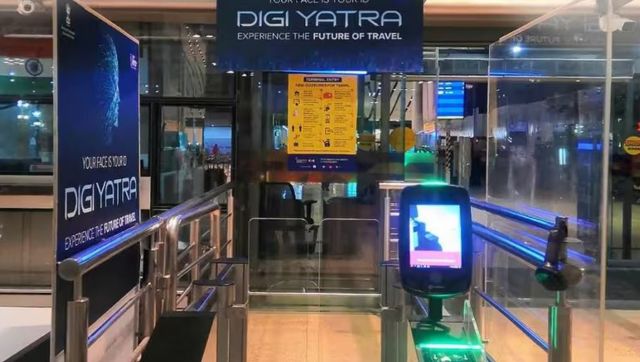The Airports Economic Regulatory Authority of India (AERA) has floated a new plan that directly ties passenger service quality to the User Development Fee (UDF) collected from flyers. In simple terms: if airports slack off, they risk losing money. But if they maintain consistently high standards, they could earn incentives.
The draft consultation paper, issued last month, sets the stage for uniform performance benchmarks at all major airports
Here's what changes it could bring
UDF will now be linked to services
The regulator points out that airports function as natural monopolies, so passengers don’t get to pick and choose, and they have to use the airport that serves their city. With that in mind, AERA says user charges should not only reflect infrastructure costs but also the quality of services passengers receive.
To fix this, the authority has suggested a common set of performance standards across major airports. These include everything from waiting times at check-in, security, and immigration counters to the cleanliness of washrooms, the speed of baggage delivery, and the availability of essentials like trolleys, wheelchairs, and proper signage.

With that in mind, AERA says user charges should not only reflect infrastructure costs but also the quality of services passengers receive. Image for Representation. Reuters
"These standards are instrumental in safeguarding passenger interests, enhancing accountability, and promoting continuous improvement across airport operations," AERA said.
If an airport falls short of these benchmarks, its User Development Fee (UDF) will be cut. On the flip side, airports that consistently exceed expectations could earn incentives, nudging operators to keep improving.
Also read: Rich People Problems? Why business class passengers may have to pay more at Delhi Airport
Passenger experience will matter too
Currently, performance monitoring is largely left to airport operators themselves, which has raised questions about its effectiveness. To address this, AERA has proposed independent, third-party audits.
These audits would combine tech-based monitoring, like automated queue tracking, immigration e-gates, and biometric entry through Digi Yatra, with physical checks to ensure accuracy.
Importantly, passenger feedback will also play a role. Structured surveys will record
The audits will cover all major hubs, including those in metros, public-private partnership airports, facilities run by AAI, and even upcoming projects like Navi Mumbai and Noida.
Also read: Budget 2025: Skyrocketing growth in Indian aviation, but challenges linger
Preparing airports for the future
AERA’s paper

AERA’s paper also emphasises that India’s airports are rapidly modernising, with new technologies like self-baggage drop counters, Digityatra. File image/ Reuters
The proposed framework is designed to be “future-ready”
The Ministry of Civil Aviation has already directed AERA to seek feedback from the public. Consultations with stakeholders are set for September 9, while written submissions will remain open until September 24. Once the framework is finalised, binding rules under the AERA Act will make it a legal obligation for airports to meet these service standards.
"Where infrastructure is funded through regulated tariffs, corresponding obligations must be placed on airports to deliver commensurate levels of service," the paper states.
With input from agencies















